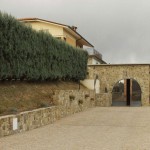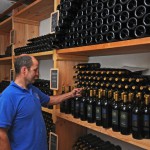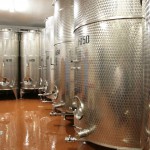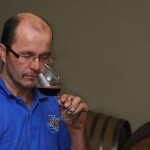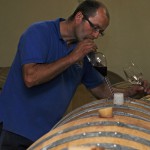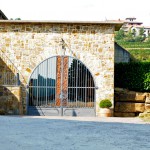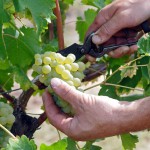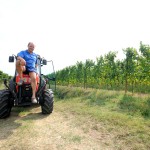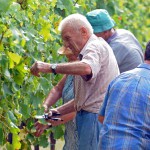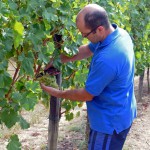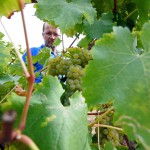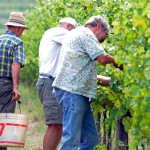RENATO KEBER WINERY
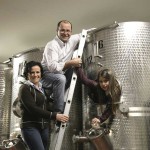 “I’ve always been drawn to secondary and tertiary perfumes, so I aim for wines that are expressive and have enough vitality to keep them young as they age.
“I’ve always been drawn to secondary and tertiary perfumes, so I aim for wines that are expressive and have enough vitality to keep them young as they age.
The Collio terroir’s minerality helps me achieve these goals.”
Renato Keber
The gently curving hillside called Zegla, close by the border with Slovenia, has long been home to Renato Keber and his family. Renato’s great grandfather, Franc, came from nearby Vipulzano to settle here in 1900, when this was still under Austrian rule.
“They were farmers producing fruit, grapes and hay for the Austrian army,” explains Renato as we look east towards the contours of the higher Slovenian hills.
“They made a little wine from their terraced vineyards and sold it by the barrel to the Hapsburg court at Vienna,” he says. “Most of it was Ribolla. In the 1950S we sold to wine merchants who would set their prices here,” says Renato. “It went to innkeepers and osterie.”
In 1976, the year of the two Friuli earthquakes, the Kebers” cellar was enlarged and a new house built. “In 1977 my father first used the new cellar, using a newly bought second-hand press,” Renato recalls. “What an improvement!” Renato learned more about winemaking by studying and working for some of the top Collio estates. “In 1987, we began to bottle our wines and lower the yields in the vineyards,” he says.
In the early 1990S Renato met the great importer Marc De Grazia, and became one of the first small Collio producers to export to the USA.
“I realized that only by harvesting very ripe grapes could I express the character of our terroir” he says. “I never wanted my wines to be paper white or made using much technology, so I gave them a little skin contact in the vinification.” He visited France with Josko Gravner and tasted the aged Montrachets whose lasting power is still his benchmark.
His wines were noticed by Italian critics such as Luigi Veronelli for their perfumes. “Between leaving them on the lees for nearly a year, bottling later, and never over-cleaning my wines, they took on a certain personality of their own.”
In the mid-90s he started releasing the wines later; the estate grew to its current hectares of vineyards.
Zegla is known for having Tocai-friendly soil. Renato makes two Tocai Friulano wines there: Zegla is produced from the best grapes and oldest vines, and aged in wood; it comes out after three and a half years. The “normal” Friulano is made in steel and released after 18 months. “I was an early believer in Tocai, and began working it in wood in 1988. It”s a difficult grape as it can over-ripen and drop from the vine, yet it must be as mature as possible.”
In addition to wines of Pinot Grigio, Chardonnay, Pinot Bianco and three Sauvignons – including the Grici Sauvignon, which is released after four and a half years – Keber also make a wine from Ribolla Gialla called Extreme.
“Here the grapes are macerated for one month in open cement tanks using wild yeasts without temperature controls,” he says. It is aged in large barrels without racking, and released after two and a half years, as is Beli Grici, the Collio white blend of Pinot Bianco, Ribolla and other white grapes.

